Your location:Home >Automotive News >
Time:2022-06-10 10:48:56Source:
According to foreign media reports, a research team led by the Technical University of Munich (TUM) has delved into the inner workings of batteries during charging and discharging in order to optimize the charging process.

(Image credit: Technical University of Munich)
Whenan electric vehicleis charging, the charge indicator changes quickly at the beginning and much slower at the end.Dr Anatoliy Senyshyn from the school said: "It's like putting things in the storage room, it's easy at first and then it's getting harder and harder to find a place to put it."
The internal structure of the battery before and after the charging process is known.Now, for the first time, a research team led by the Heinz Maier-Leibnitz Zentrum (MLZ), the leading research center for neutrons and positrons at the Technical University of Munich, has used the materials science diffractometer STRESS-SPEC to observe the distribution of lithium within the battery during the entire charge and discharge process.The researchers then verified the measurements using the high-resolution powder diffractometer SPODI.
Lithium ion distribution is critical
During charging, lithium ions move from the positive electrode to the negative electrode, and when discharging, they move in the opposite direction.In this study, the researchers found that the distribution of lithium is constantly changing during charging and discharging."When the lithium distribution is not uniform, 100 percent lithium exchange between the positive and negative electrodes cannot be achieved at sites with too much or too little lithium," Senyshyn said. "However, if the lithium is evenly distributed, the performance of the battery can be improved."
Using high-resolution images, the researchers successfully captured the uneven distribution of lithium in the battery.To get a picture of what's going on in the entire cell, study one local location after another, and put these individual images together to form the overall picture.
With the help of the German Electron Accelerator (Deutsches Elektronen-Synchrotron) and the European Synchrotron Radiation Facility (ESRF), some of the micron-sized locations can be selected.As a result, the researchers found that the distribution of lithium was not uniform not only along the electrode layer, but also at positions perpendicular to the electrode layer.
Senyshyn said these observations could lead to the long-term development of rechargeable batteries, such as those used in electric vehicles."Lithium distribution in a battery has many effects on battery performance. If these issues can be better controlled, battery performance can be significantly improved in the future."
Statement: the article only represents the views of the original author and does not represent the position of this website; If there is infringement or violation, you can directly feed back to this website, and we will modify or delete it.
Preferredproduct
Picture and textrecommendation

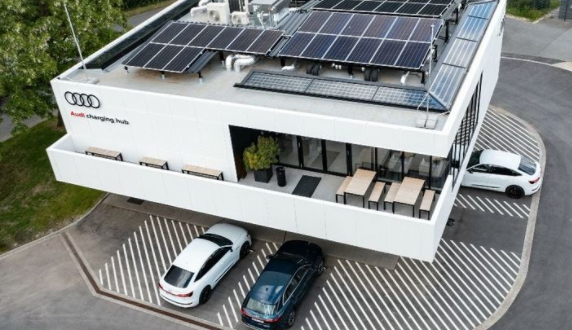
2022-06-10 10:48:30

2022-06-10 10:47:49
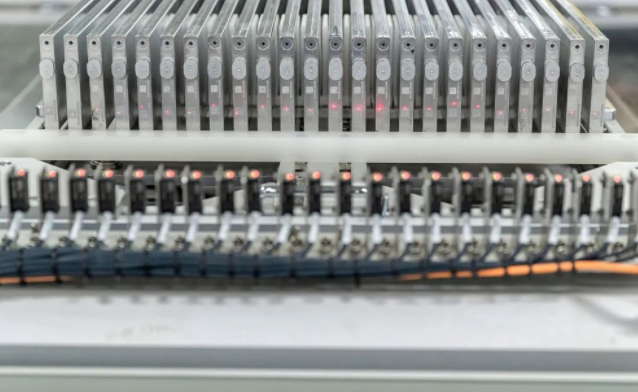
2022-06-10 10:46:55

2022-06-10 10:46:30

2022-06-10 10:45:27
Hot spotsranking
Wonderfularticles

2022-06-10 10:45:01
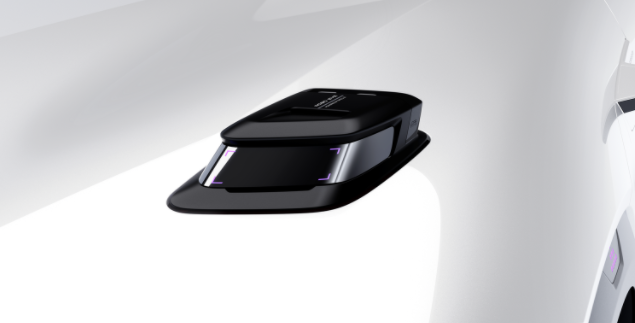
2022-06-10 10:44:26

2022-06-10 10:43:56

2022-06-10 10:42:57
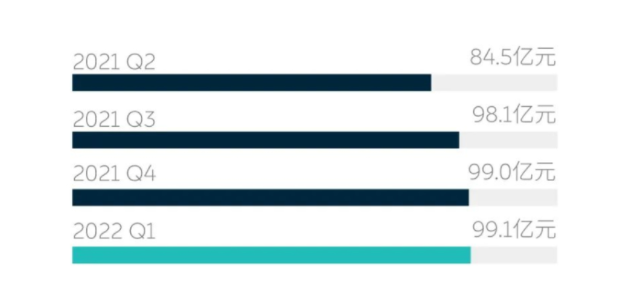
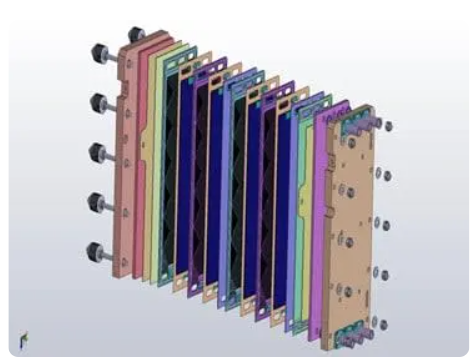
Popularrecommendations
